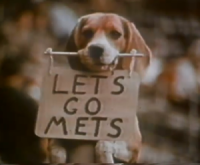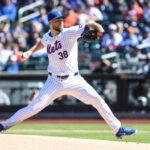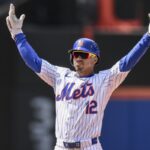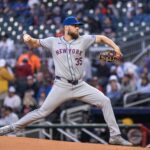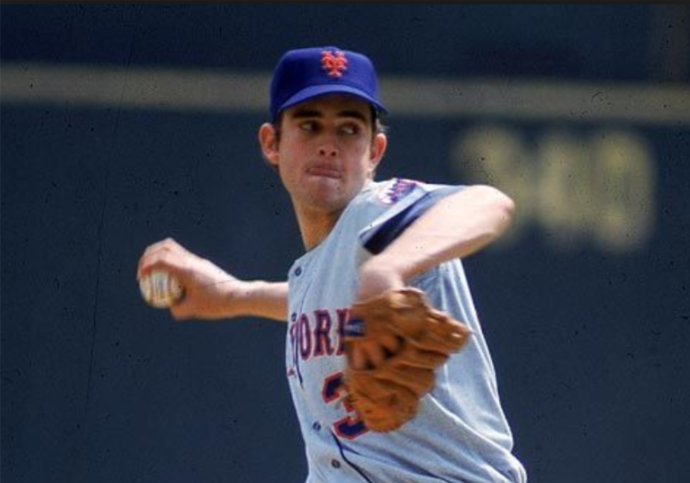
The Mets are a team with a penchant for bad trades. Anyone who’s been a Mets fan for more than a couple of years would probably finish that sentence with a handful of notorious trade fans consider to be the worst. You know which ones I’m talking about.
But while the players involved in these trades are usually memorable, the guys who pulled the trigger on them are often forgotten. You typically don’t name-drop Bob Sheffing when you think of the Nolan Ryan trade. Or Joe McIlvaine in the Carlos Baerga trade. And even in the off cases where the Mets make a good trade, nobody goes out of their way to praise Steve Phillips for acquiring Mike Piazza.
But the Mets have had their share of ups and downs over the years, and virtually every one of the 13 GMs in team history have been there to experience a little bit of both. So with this being said, here are the best and worst trades by every GM in Mets history.
* Disclaimer: Some of these deals may have been spurred on by ownership or executives above the general manager’s pay grade. (Ex: Mike Piazza, Tom Seaver)
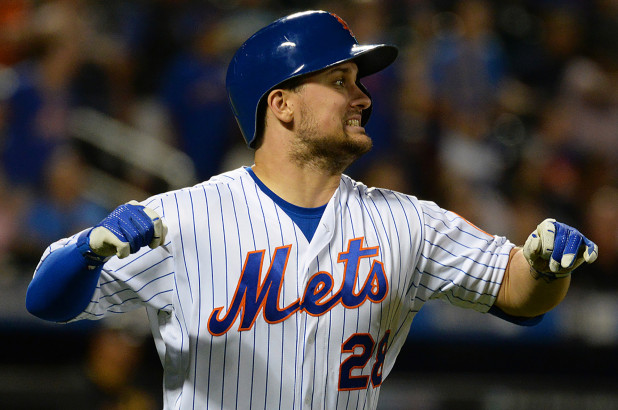
Brodie Van Wagenen (2019-present)
Best Trade: One deal truly stands out as Brodie’s finest moment and that was when he acquired J.D. Davis from the Houston Astros in exchange for minor leaguers Ross Adolph, Scott Manea, and Luis Santana last January.
Davis, 26, got off to a rough start with the Mets, batting just 3-for-22 in the first month of the season. But things quickly improved for Davis, who would go onto becoming one of the team’s best and most consistent hitter.
In just 429 plate appearances, Davis batted .307/.369/.507 with 22 home runs, 22 doubles, 65 runs scored and 57 RBIs with a 136 wRC+ while playing some third base and left field for the Amazins.
Worst Trade: I’ll give one guess… When Brodie Van Wagenen dealt Jay Bruce, Anthony Swarzak, Gerson Bautista, Justin Dunn, and top prospect Jarred Kelenic to the Seattle Mariners in return for 2018 saves leader Edwin Diaz and Robinson Cano, the thinking was that it would catapult the Mets into the postseason in 2019.
However things began to spiral out of control rather quickly as the blown saves started to pile up for Edwin Diaz and a brutal first half for Robinson Cano.
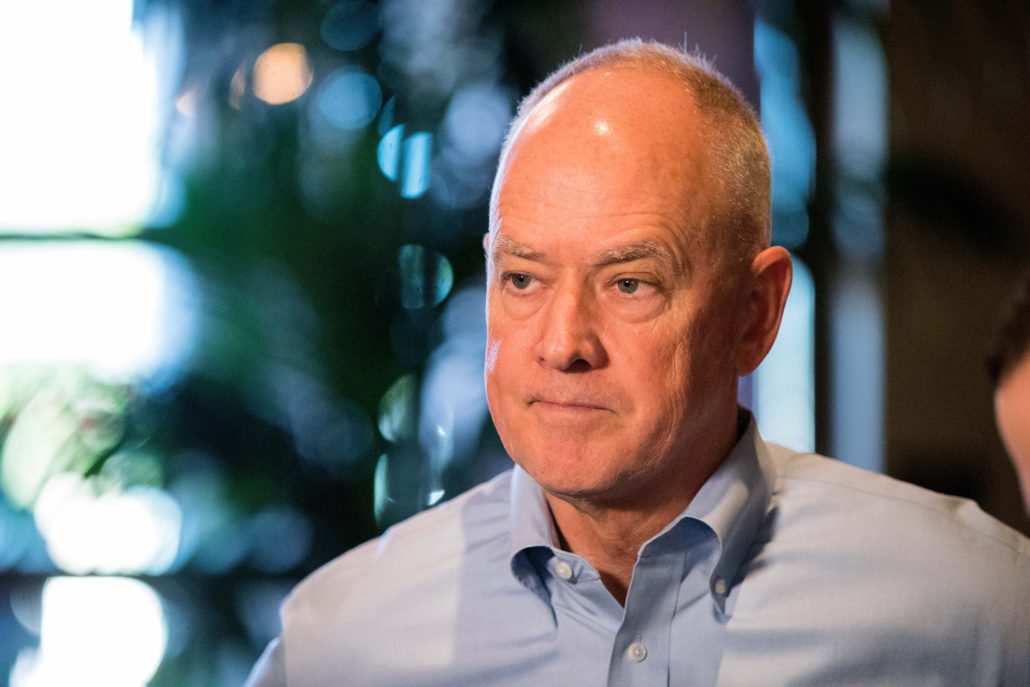
Sandy Alderson (2010-2018)
Best Trade: Alderson’s best trade has to be shopping R.A. Dickey and Josh Thole to the Blue Jays for Noah Syndergaard, Travis d’Arnaud and two other minor leaguers in 2012. It’s not too often that you’re able to flip a knuckleballer in his late-30s for a legitimate ace and a solid starting catcher. He initially took some heat for trading a fan favorite in Dickey, but he was definitely vindicated here.
Worst Trade: A year before the Syndergaard trade, Alderson traded Angel Pagan to the Giants for Ramon Ramirez and Andres Torres. Torres and Ramirez both lasted just one season with the Mets while, Pagan became a key contributor to two Giants championship teams.
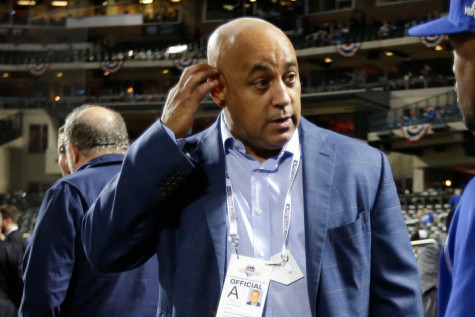
Omar Minaya (2004-2010)
Best Trade: Minaya acquired Carlos Delgado from the Marlins in 2005 in exchange for Mike Jacobs, Yusmeiro Petit and Grant Psomas. Neither of the three players he traded away became MLB stars, and Delgado had a 121 OPS+ with the Mets.
Worst Trade: Most of Minaya’s bad moves were free agent signings, not trades. But his most costly trade came when he traded Heath Bell and Royce Ring to the Padres for Jon Adkins and Ben Johnson. Bell, who had a 4.92 ERA with the Mets from 2004-2006, made three consecutive All-Star games with the Padres from 2009-2011. Adkins pitched in one game for the Mets and Johnson played in just nine.
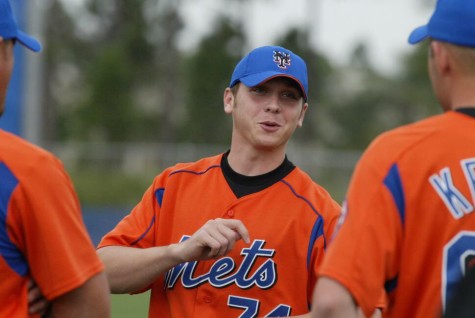
Jim Duquette (2003-2004)
Best Trade: There isn’t much to chose from here since Duquette was with the Mets for such a short period of time. And that short period of time wasn’t a particularly good one. But you’d have to consider his best, I guess, to be when he acquired Kris Benson (Anna’s husband) and Jeff Keppinger from the Pirates for Ty Wigginton, Jose Bautista (Yes, that Jose Bautista. He was a Met for about an hour) and Matt Peterson. Benson was serviceable with the Mets, and he was later traded for John Maine, so that’s what makes this trade so good(?) over the long-term.
Worst Trade: Scott Kazmir. Need I say more?
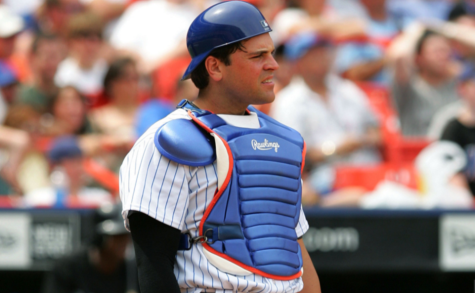
Steve Phillips (1997-2003)
Best Trade: There’s no question about it: It’s the Mike Piazza trade. The Mets acquired Piazza in 1998 from the Marlins in exchange for Preston Wilson, Ed Yarnall and Geoff Goetz. That’s a pretty good return on investment.
Worst Trade: Phillips traded starting pitcher Kevin Appier to the Angels in 2001 to acquire Mo Vaughn. While Vaughn wasn’t as bad as many Mets fans remember (108 OPS+ as a Met), his career was finished due to injuries by early 2003. Appier, on the other hand, went 14-12 with a 3.92 ERA in 2002, and was a key contributor to the Angels’ World Series championship team that season.
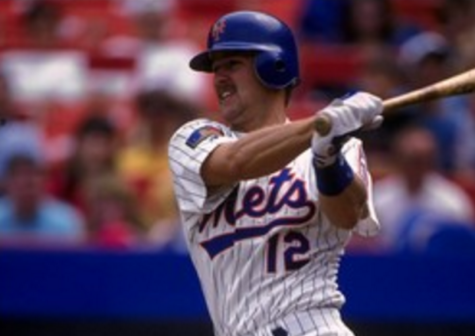
Joe McIlvaine (1993-1997)
Best Trade: McIlvaine acquired Bernard Gilkey in January of 1996 for Yudith Ozorio, Erik Hiljus and Eric Ludwick. Ozorio never played in the majors, and the other two played in the bigs only sparingly. Gilkey, on the other hand, had a short-lived spree of success for the Mets in the mid-90s. This included one of the best seasons in team history in 1996, when he batted .317/.393/.562 with 30 home runs and 117 RBIs.
Worst Trade: In 1993, Carlos Baerga became the first second baseman since Rogers Hornsby to put together back-to-back seasons of 200 hits, 20 homers and 100 RBIs. He put up borderline Hall of Fame numbers from 1990-1995, batting .305/.345/.454 while averaging 16 home runs and 84 RBIs a year.
Then, in 1996, the Mets acquired Baerga for Jeff Kent and Jose Vizcaino. Baerga became one of the biggest busts in Mets history, lasting just two seasons. Kent became the best power-hitting second baseman of all-time (albeit not with the Indians) and Vizcaino was a solid big-league starter who put together some decent years with Houston. This trade definitely did McIlvaine in as general manager.
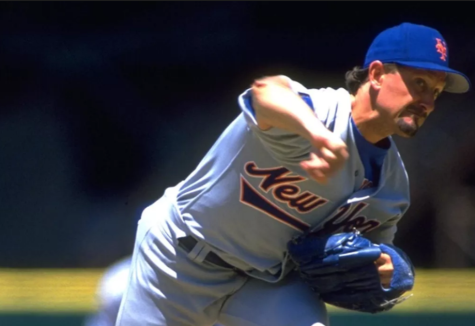
Al Harazin (1992-1993)
Best Trade: Harazin’s best move in his short, forgettable time as GM was acquiring Bret Saberhagen and Bill Pecota for Kevin McReynolds, Gregg Jefferies and Keith Miller. Saberhagen often gets dumped in with fellow big-ticket acquisitions of the time Bobby Bonilla and Vince Coleman, but unlike these two Saberhagen was about as good as advertised. He went 29-21 with a 3.16 ERA in four years with the Mets.
Worst Trade: Harazin didn’t make any egregious trades per se, since he was only in charge of the team for such a short period of time. But he was the Mets’ GM during “The Worst Team Money Could Buy” 1992 season, which saw the Mets go 72-90 despite having the highest payroll in baseball– then 59-103 the following year. His worst move overall would have to be signing Bobby Bonilla to a then-record $29 million contract.
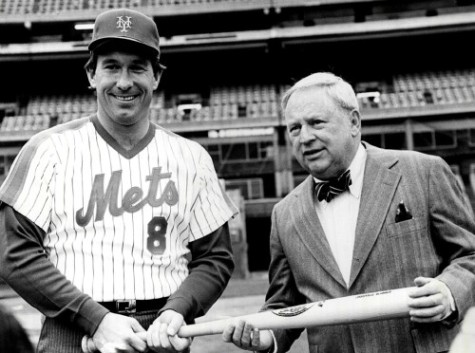
Frank Cashen (1980-1991)
Best Trade: Two trades stand out when recalling the Mets GM’s building of the 1986 team. The first of which is the Keith Hernandez trade, when he acquired the former MVP from the Cardinals for Neil Allen and Rick Ownbey in 1983. The latter trade took place ahead of the 1985 season, when the Mets got Carter from the Expos for Hubie Brooks, Mike Fitzgerald, Herm Winningham and Floyd Youmans. There is little reason to believe the Mets could have won the 1986 World Series without these trades.
Worst Trade: Cashen is often remembered as the greatest GM in Mets history, but the end of his tenure was far worse than the beginning. This was on full display during the 1989 season, when he traded for Juan Samuel of the Phillies. In doing so, he sent Lenny Dykstra and Roger McDowell, two key contributors to the 1986 team, to Philadelphia.
Samuel had averaged 20 homers and 50 steals a year from 1984-1987, but was coming off a down year in 1988 in which he batted just .243/.298/.380 and was performing at a similar level in 1989 when the Mets traded for him. Samuel played in just 86 games for the Mets, while Dykstra found new life (possibly from PED’s) in Philadelphia and McDowell pitched another six solid seasons in the majors.
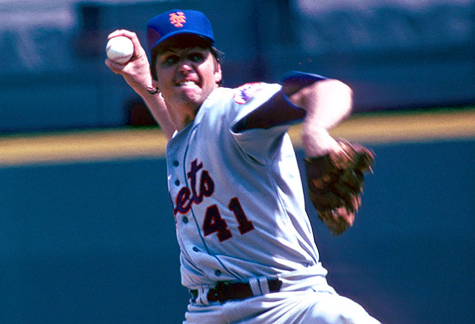
Joe McDonald (1975-1979)
Best Trade: McDonald’s tenure didn’t have many highlights. But he was able to cross the paths of both Mets championship teams in a 1978 trade that sent Jerry Koosman to the Twins for minor leaguers Jesse Orosco and Greg Field. Orosco famously recorded the final out of the 1986 World Series, and appeared in more games than any pitcher in MLB history.
Worst Trade: The Midnight Massacre. McDonald sent Tom Seaver to the Reds in 1977 for Doug Flynn, Steve Henderson, Dan Norman and Pat Zachry. The names really speak for themselves.
Bob Sheffing (1970-1974)
Best Trade: Sheffing helped energize the 1973 run by acquiring Rusty Staub from the Expos for Tim Foli, Mike Jorgensen and Ken Singleton. Staub played four seasons in his first stint with the Mets, batting .276/.361/.428 with a 123 OPS+.
Worst Trade: In 1971, Sheffing traded Nolan Ryan and three other players to the Angels for Jim Fregosi. Ryan accumulated 5,221 of his record-setting 5,714 strikeouts after leaving the Mets. Oh, and not to mention the seven no-hitters.
Johnny Murphy (1968-1970)
Best Trade: Murphy’s time with the Mets was cut short when he died of a heart attack in 1970. But he made a huge impact on the 1969 World Series team, perhaps none more obvious than the midseason acquisition of Donn Clendenon from the Expos in 1969. Clendenon was the Mets’ starting first baseman after the trade, and was named Worst Trade: After the 1969 season, Murphy traded Amos Otis and Bob Johnson to the Royals for Joe Foy. Otis made five All-Star teams with the Royals, with whom he played the next 14 seasons. Foy played in just 99 games for the Mets.
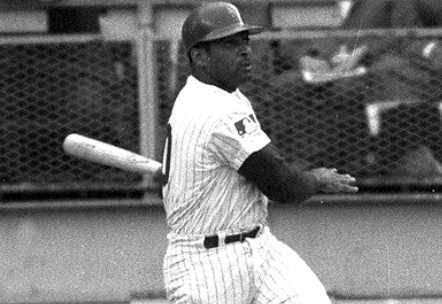
Bing Devine (1967)
Best Trade: Devine helped engineer the trade that sent Tommie Agee and Al Weis to the Mets for Buddy Booker, Tommy Davis, Jack Fisher and Billy Wynne. The Mets couldn’t have won the Series in ’69 without that one.
Worst Trade: The Mets traded Ken Boyer Sandy Alomar Sr. to the White Sox for Bill Southworth and J.C. Martin. Although Boyer was past his prime, Alomar played another decade in the majors and was an All-Star in 1970.
George Weiss (1962-1966)
Best Trade: Weiss, who was the Yankees’ GM from 1947-1960 (A pretty good era in Yankees history), joined Casey Stengel in joining the expansion Mets after they were forced out after losing the 1960 World Series. He didn’t have much success with the Mets, but made his mark when he bought in Jerry Grote from the Astros for Tom Parsons. Grote made two All-Star teams and would remain the Mets’ starting catcher until 1977.
Worst Trade: The Mets honestly didn’t have much talent to trade away at this time. But the worst would have to be trading Felix Mantilla to the Red Sox for Pumpsie Green, Tracy Stallard and Al Moran. Mantilla went on to become an All-Star with the Sox in 1965.
